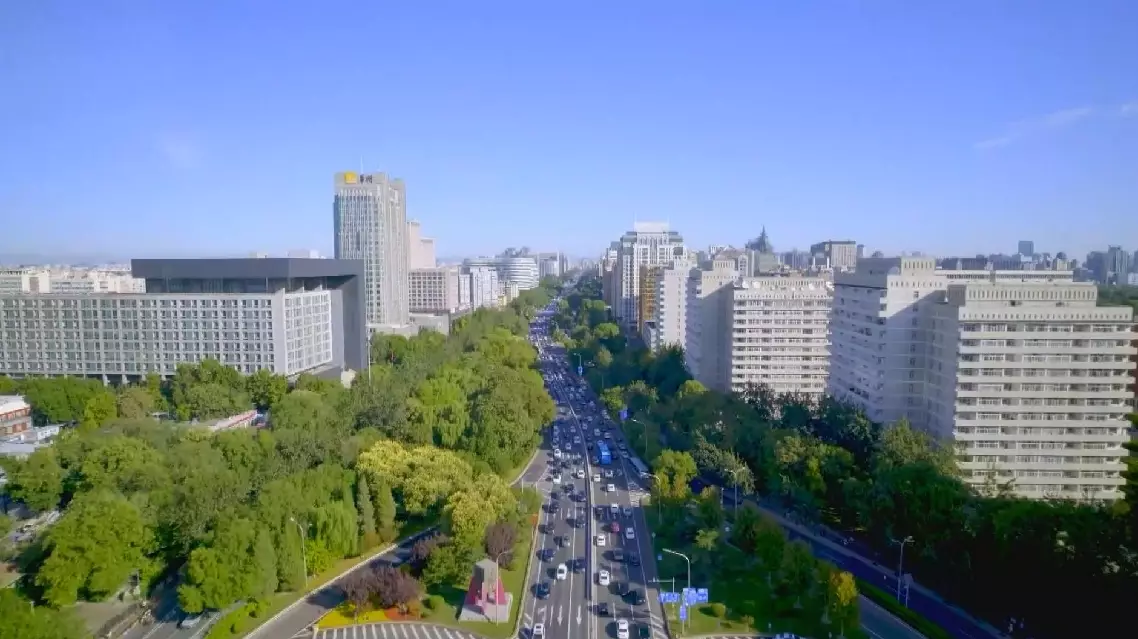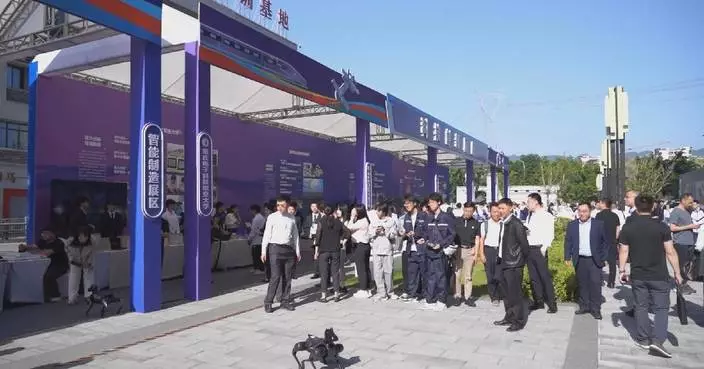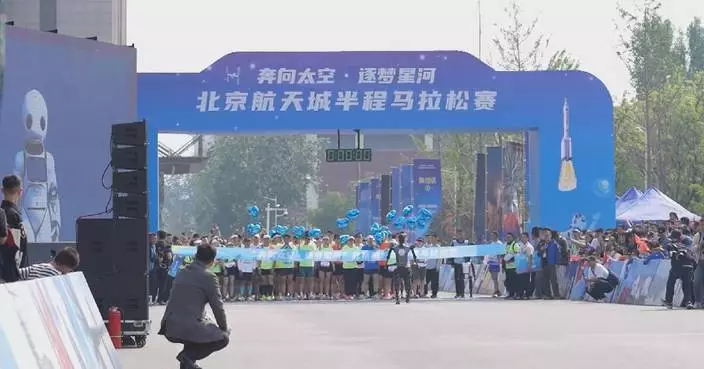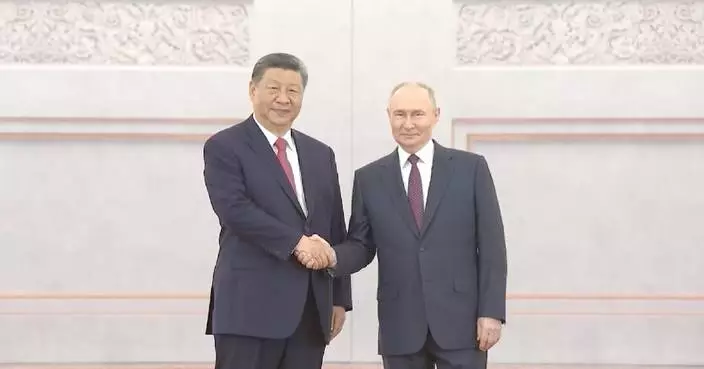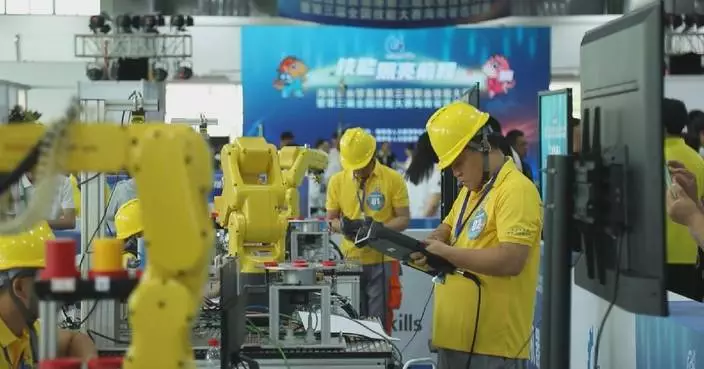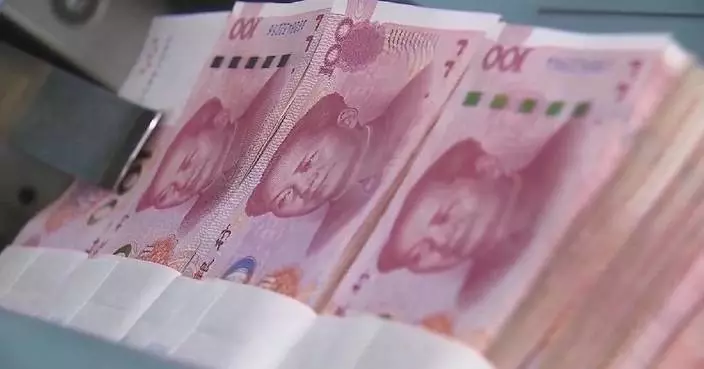Astronaut Chen Dong has readied himself for his third spaceflight as the commander of the Shenzhou-20 crewed spaceflight mission, expecting to comprehensively enhance his capabilities through this flight.
The Shenzhou-20 crewed spaceship is scheduled to be launched at 17:17 Thursday (Beijing Time) from the Jiuquan Satellite Launch Center in northwest China, according to the China Manned Space Agency on Wednesday.
Chinese astronauts Chen Dong, Chen Zhongrui and Wang Jie will carry out the Shenzhou-20 crewed spaceflight mission, with Chen Dong as the commander.
Chen Dong, who once served as the Shenzhou-14 mission commander and participated in the Shenzhou-11 crewed spaceflight mission, was the first Chinese astronaut to spend more than 200 days in space and witnessed the technological leap forward in China's manned space program.
To ensure the smooth execution of the Shenzhou-20 crewed spaceflight mission, Chen Dong has carried out comprehensive and systematic training with his crew members at the China Astronaut Research and Training Center in Beijing. Despite having completed two previous space missions and participated in three extravehicular activities, the experienced astronaut still takes every training session seriously, completing them meticulously.
"The third flight mission requires me to enhance my capabilities comprehensively. Given that the space station consistently operates in a three-module configuration, the system is highly sophisticated. Therefore, the expectations I set for myself are different from those during my previous missions. During the Shenzhou-14 mission, I worked alongside colleagues from my training batch, all with extensive ground simulation experience. This time, however, I will lead new team members from the third batch of astronauts. So, I feel an increased sense of responsibility and pressure," he said.
Chen further emphasized that after the completion of the space station, as experimental projects continue to expand, higher requirements are also set for training.
"During the Shenzhou-14 mission, we were more involved in construction, and so conducted relatively few experiments. But now, there are numerous experimental projects, and the technological content is extremely high. This requires us to operate with greater precision and demands that we master the corresponding theoretical knowledge. Moreover, with the upgrading of the space station, we need to constantly update our database to keep up with its rapid development," he explained.
In addition to individual training, crew integration is also critical to ensuring the success of the mission. As the commander, Chen Dong has undergone a long period of coordination with crew members to cultivate tacit cooperation and establish a highly efficient collaborative framework.
According to the mission schedule, during the in-orbit period, the Shenzhou-20 crew will conduct space science and application experiments and tests in fields such as space life and human research, microgravity physical science, and space new technology. They will also use the node module of the Tiangong core module again for multiple extravehicular activities.
"It has put forward a higher requirement for our preparations. The space of the node module is relatively small, and there are many devices. It has also been out of use for a long time. Therefore, we have made a lot of preparations on the ground," explained Chen.
As he is set to return to the Chinese space station, Chen Dong anticipates achieving new breakthroughs.
"This will mark my third space mission. For me, space is like an old friend. I'm looking forward to meeting this old friend again, to embracing the universe once again in my spacesuit, and to conducting a variety of experiments and operations that remain unexplored by me thus far. At present, China's achievements in space exploration are flourishing across multiple domains. We have successfully established a space station, embarked on lunar exploration missions, conducted Mars exploration, and are planning for future manned lunar landings. I often say that our national flag is up there on the space station. It is my hope that the red symbolizing China's presence in space remains bright, enduring, and radiant," said he.
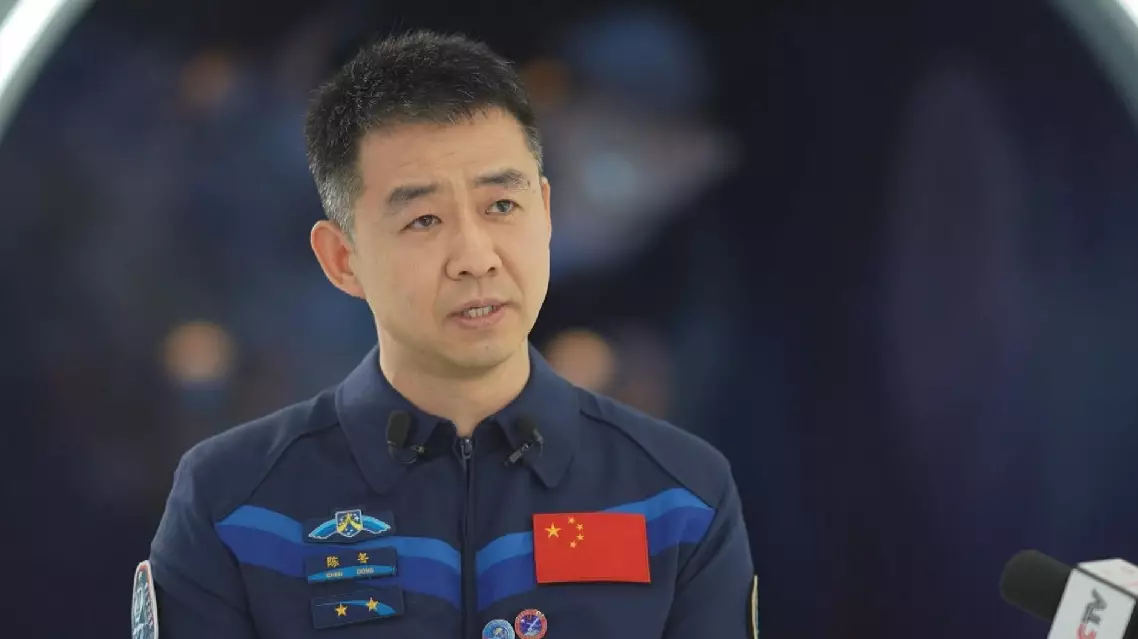
Chinese astronaut to blast off into space for 3rd time



